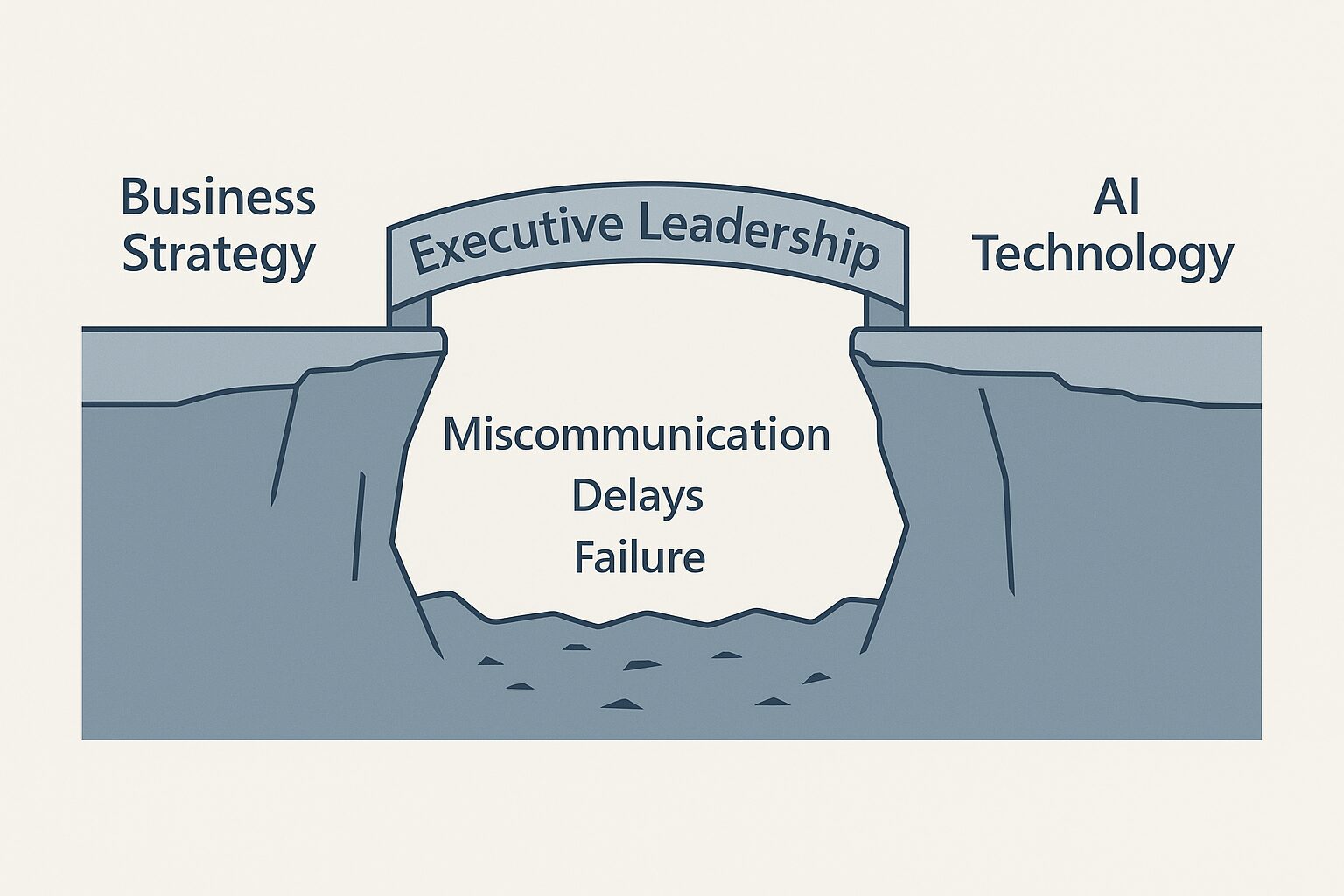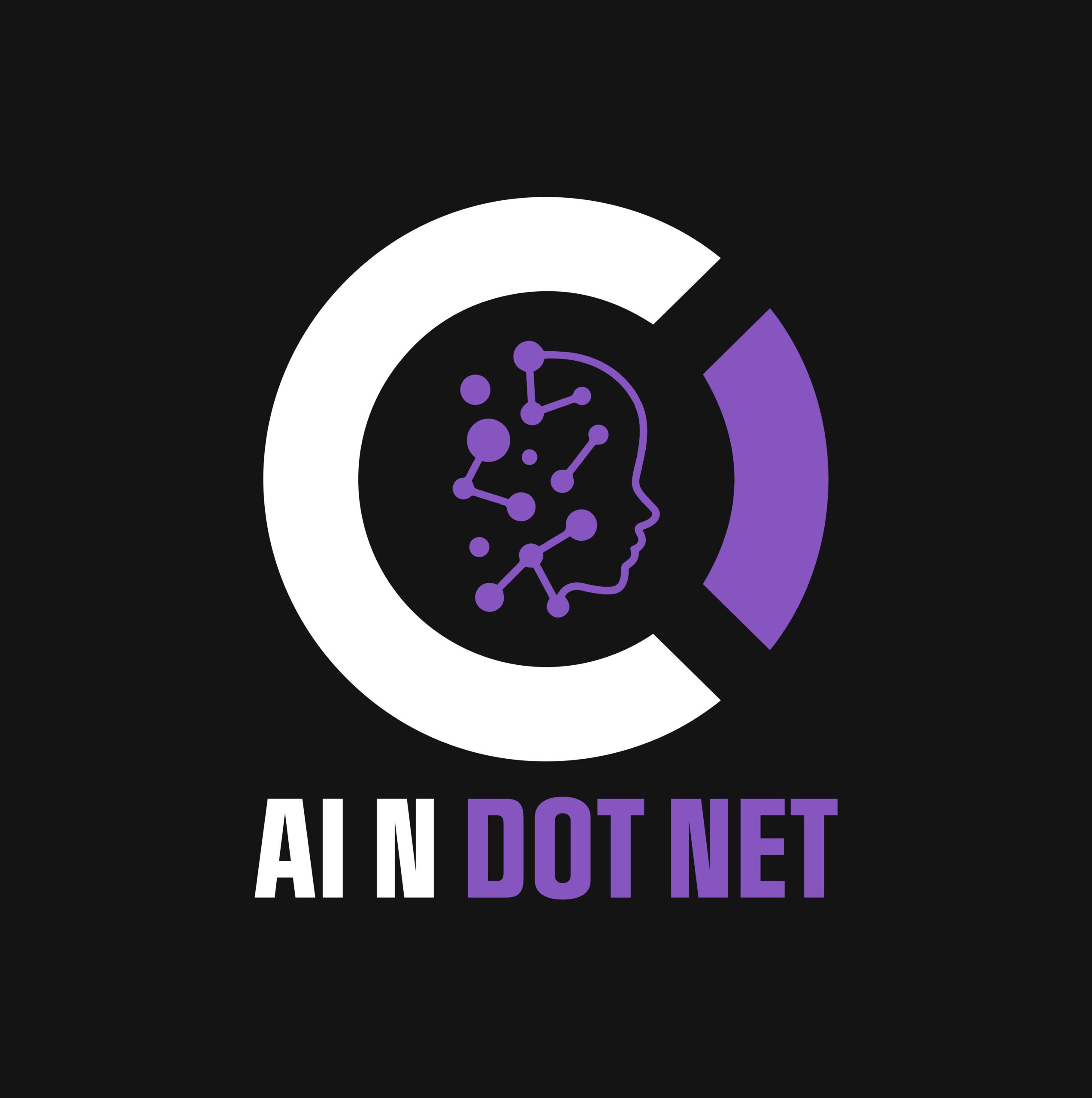Most executives assume that if they’re not technical, they can’t lead AI initiatives.
That’s wrong.
The most critical AI decisions—the ones that determine success or failure—are not made in code. They’re made in boardrooms, budget meetings, and strategy sessions.
You don’t need to know how to build AI to lead it.
You need to know how to champion it, fund it, govern it, and guide it.

🧭 The Executive’s Role in AI
You’re not just approving budgets—you’re shaping the success of AI across your organization.
- Align AI with business strategy
- Drive adoption across departments
- Secure funding for data and infrastructure
- Build trust across tech and business teams
- Set ethical and operational guardrails
Especially in the Microsoft ecosystem—with low-code tools like Power Platform and prebuilt AI APIs in Azure—executive engagement accelerates implementation timelines.
❌ What You Don’t Need to Know
You don’t need to:
- Write C# or Python
- Tune machine learning models
- Understand neural networks
- Build vector indexes or embeddings
But you do need to know what those technologies mean for risk, value, and decision-making.
✅ What You Do Need to Know
1. Set Clear Business Goals
AI isn’t an experiment. It’s a tool to meet measurable outcomes.
✅ “Reduce helpdesk resolution time by 30%”
❌ “Let’s do something with AI”
2. Choose the Right Microsoft Tools
| Tool | Best For |
|---|---|
| Power Platform | Low-code workflows and dashboards |
| Cognitive Services | Fast deployment of common AI tasks |
| Azure OpenAI | GPT-based tasks like Q&A and summarization |
| ML.NET | Custom .NET models for control and scale |
| Azure AI Studio | Low-code AI integration in apps |
3. Fund Data, Not Just Code
AI is only as good as its data.
Budget for data prep, data quality, and labeled examples.
4. Form a Cross-Functional AI Innovation Team
Include:
- Business Analyst
- Developer or Architect
- Project Manager
- Department Head
- IT or Security Lead
5. Governance and Guardrails
- Approvals for automation thresholds
- Bias checks and explainability audits
- Traceability for compliance (esp. public sector)

🧠 Leadership Questions to Ask
- What is the business problem this solves?
- What data does it rely on?
- How is it monitored, measured, and improved?
- Who owns this AI system long-term?
🎯 Final Takeaway
You don’t need to be a developer to lead AI.
You need to be the visionary who connects business goals with the right tools and people.
Executive leadership is the strongest predictor of AI success.

